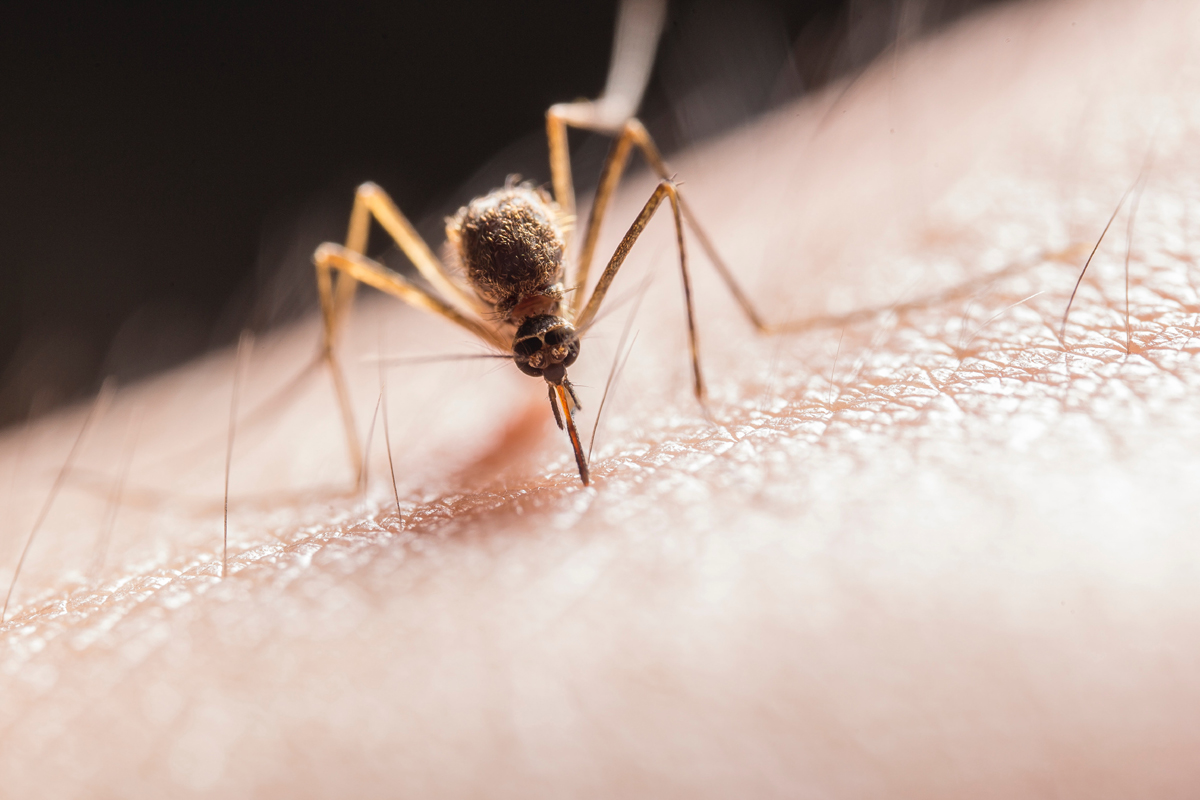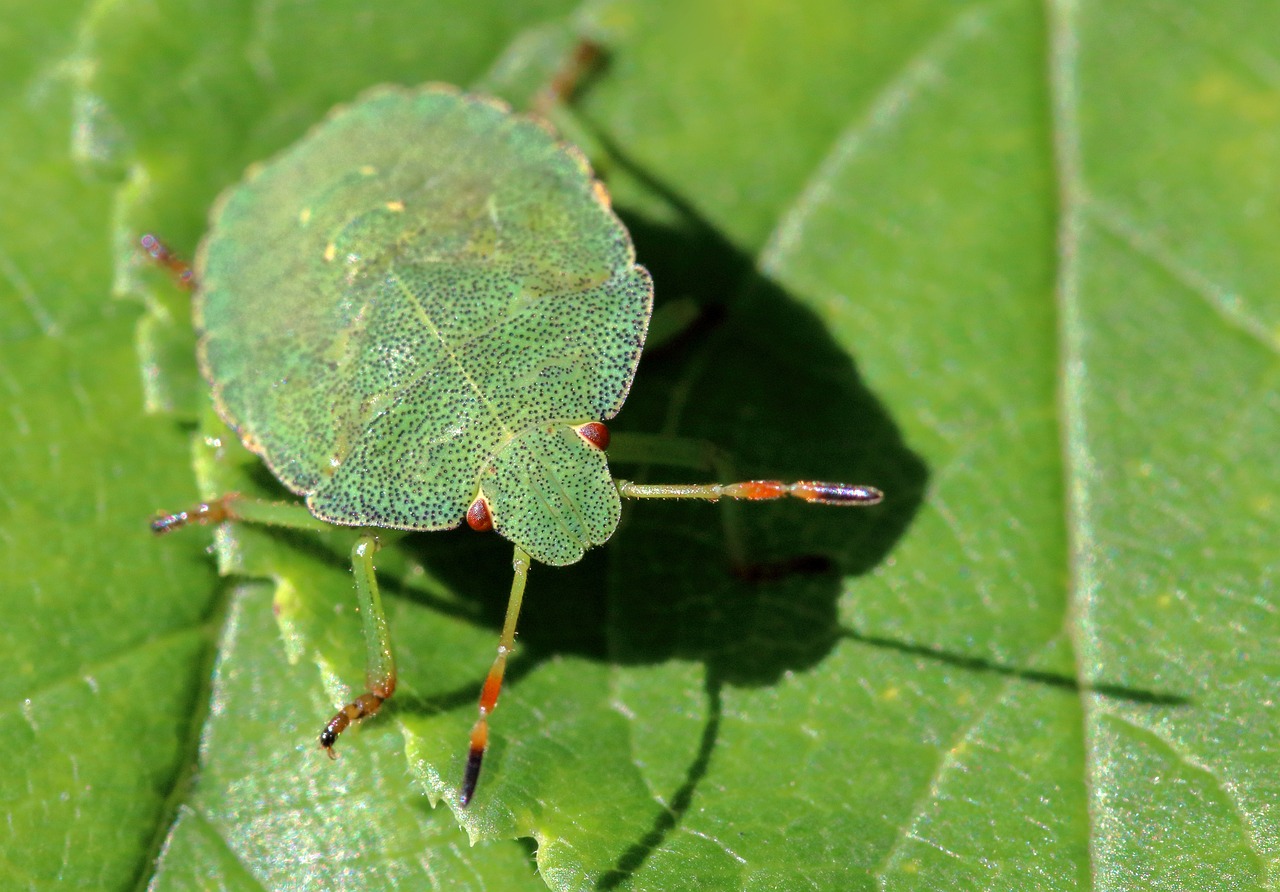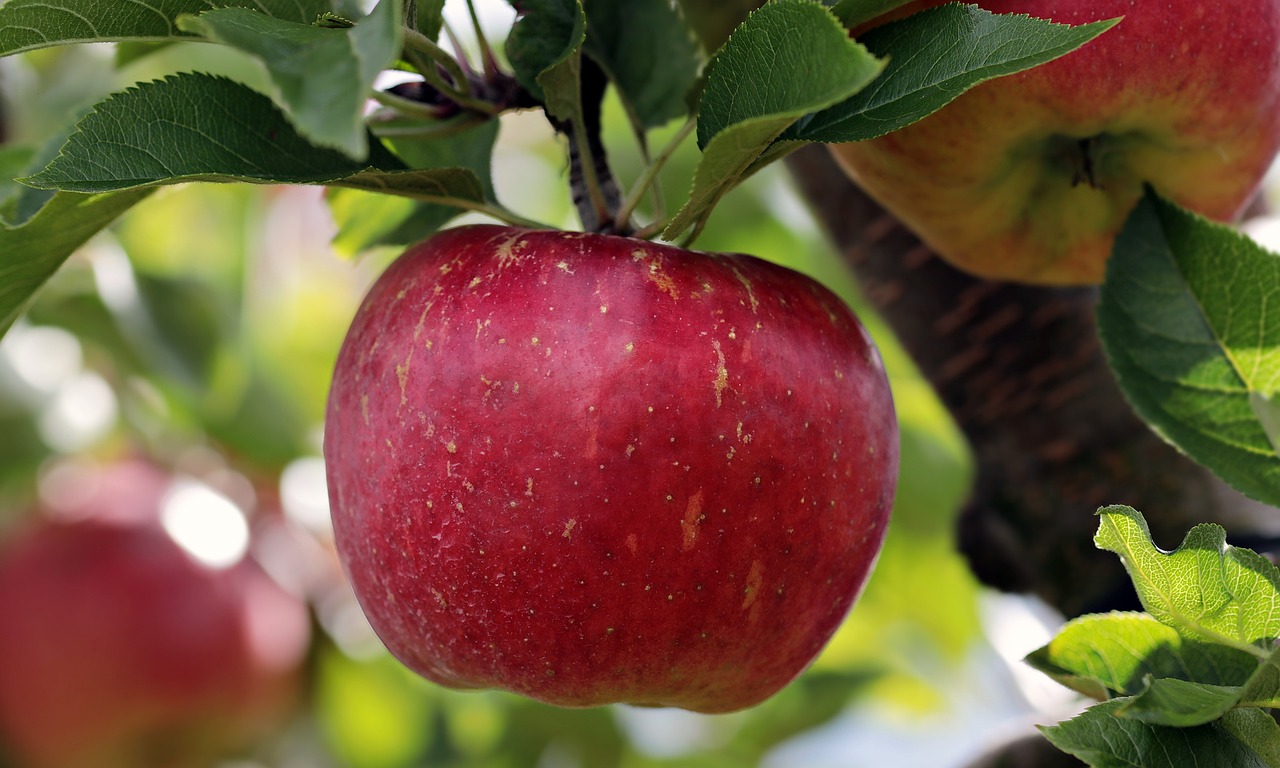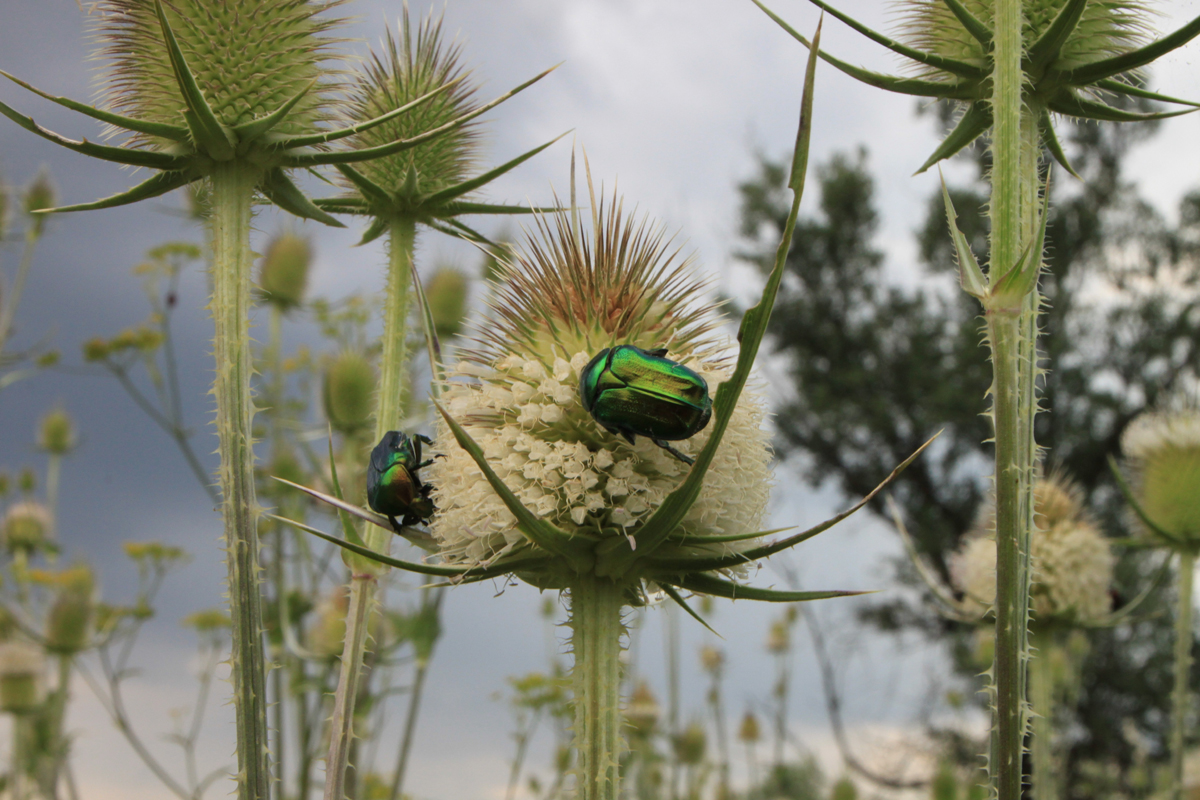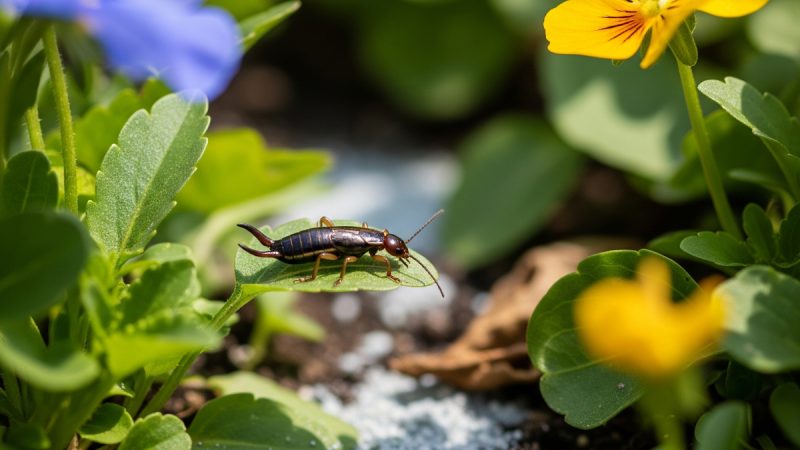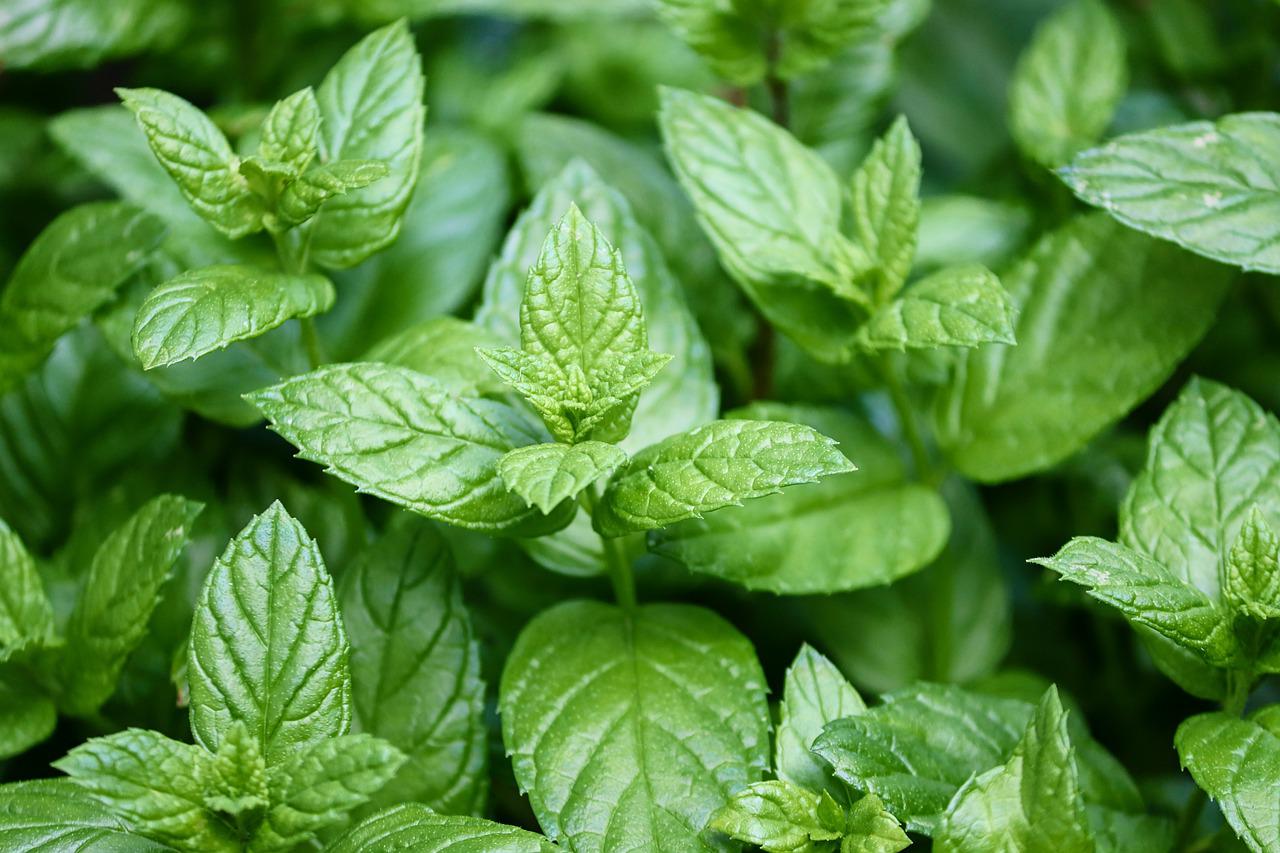Three Common Plant Diseases Caused By Bacteria
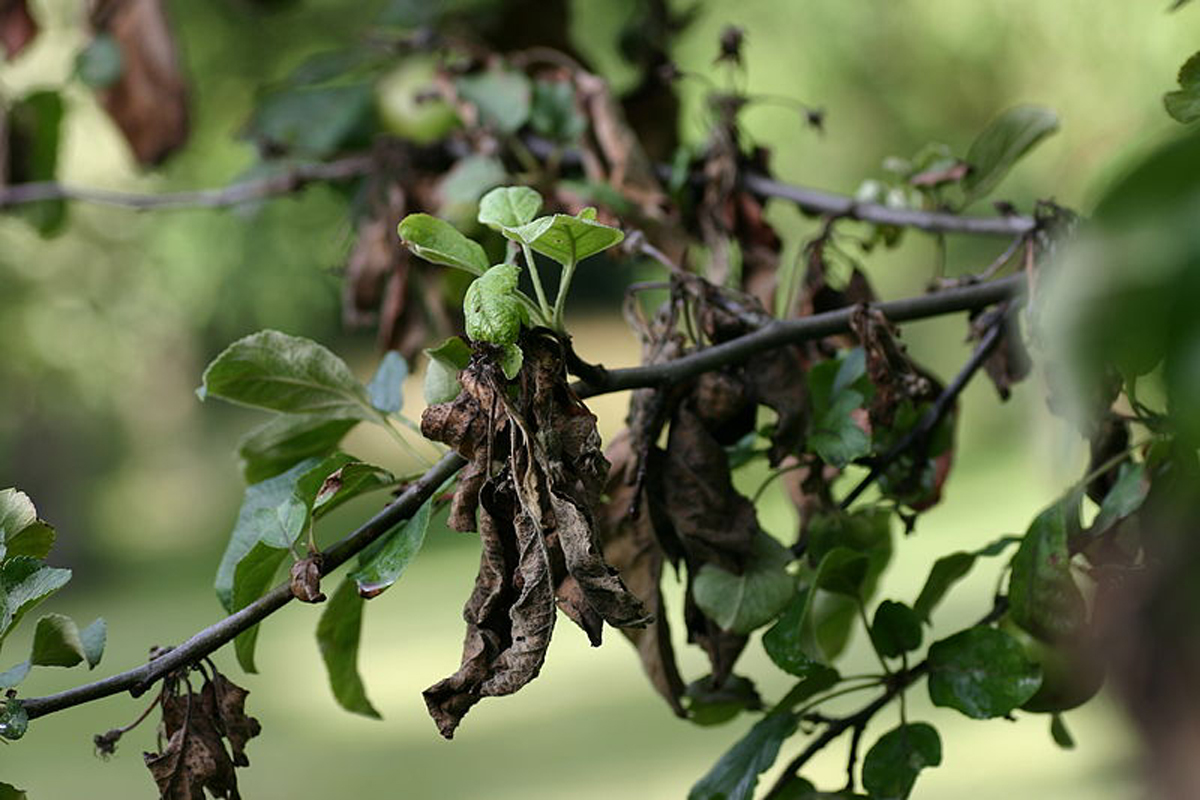
Bacteria are extremely small organism, ever-present in practically every environment on planet earth. Measuring only a few micrometers, they can prove to have grave consequences to the infected, be it plant or animal. They can be found in soil, water, any organic material and even in radioactive waste.
Bacterial diseases in plants can be extremely damaging. Some plant diseases caused by bacteria can rapidly kill your plant, others will cause it to gradually pine away. Usually, diseases caused by bacteria in plants are not destructive to the plant as it cannot enter the stems or foliage of the plant; however it will penetrate through artificial or natural openings or wounds.
The three most prevalent plant diseases caused by bacteria are Crown Gall, Bacterial Leaf Spot and Fire Blight:
Crown Gall
Crown Gall is a disease that affects the roots and stems of woody plants, attacking fruit trees and roses. The stems and roots of the infected plant develops a smooth, light coloured gall, which hardens into a discoloured gall that will in time fall off, making room for new, secondary galls. These formations will hinder the plant’s capacity to transport essential nutrients and water throughout the plant, causing growth stunt and loss of verve. As this disease is soil-borne and the bacteria can lie dormant in the soil for years, there is no real cure for it. The best protection is to plant crown gall resistant plants.
Bacterial Leaf Spot
Bacterial Leaf Spot can be identified by the foliage symptoms on the infected plant. The plant will develop spots that are dark and water-soaked accompanied by yellowing halos. If the plant is subjected to continuous rain or moisture, the spots will coalesce and premature defoliation will follow in cases of severe infection. Citrus, stone fruit trees and vegetables are affected as well as other outdoor leafy plants. Bacterial leaf spot has no cure, but it can be controlled by early spraying with a copper based fungicidal spray. It is also important to water the plants at root level and keeping the area free of decomposing material.
Fire Blight
Fire Blight infects fruit trees and roses. The disease is extremely devastating to the plant and is dormant in decomposing material or the plant itself. As soon as the plant enters its growing season, the bacteria penetrates it through its natural openings, but can also be carried by insects to the plant. The infected plant exhibits tan coloured bacterial ooze at the points of infection, starting mainly at the flowers and leaves. These parts will then become deformed and eventually turn black. As Fire Blight is related to growth, it follows that the faster growing plant will be more severely affected. Pruning the affected parts with sterilized pruning shears, sterilizing it between each cut, will prevent further infection. A good dose of a copper-based fungicidal sprayed several times during the growth period will stop any repeated infections.
Bacteria can infect any one of the trees in your garden, causing mild to extreme damage. This can be avoided by proper care of the plants and promptly treating any suspected infection.
The Author:
http://www.best-teeth-whiteners.biz


